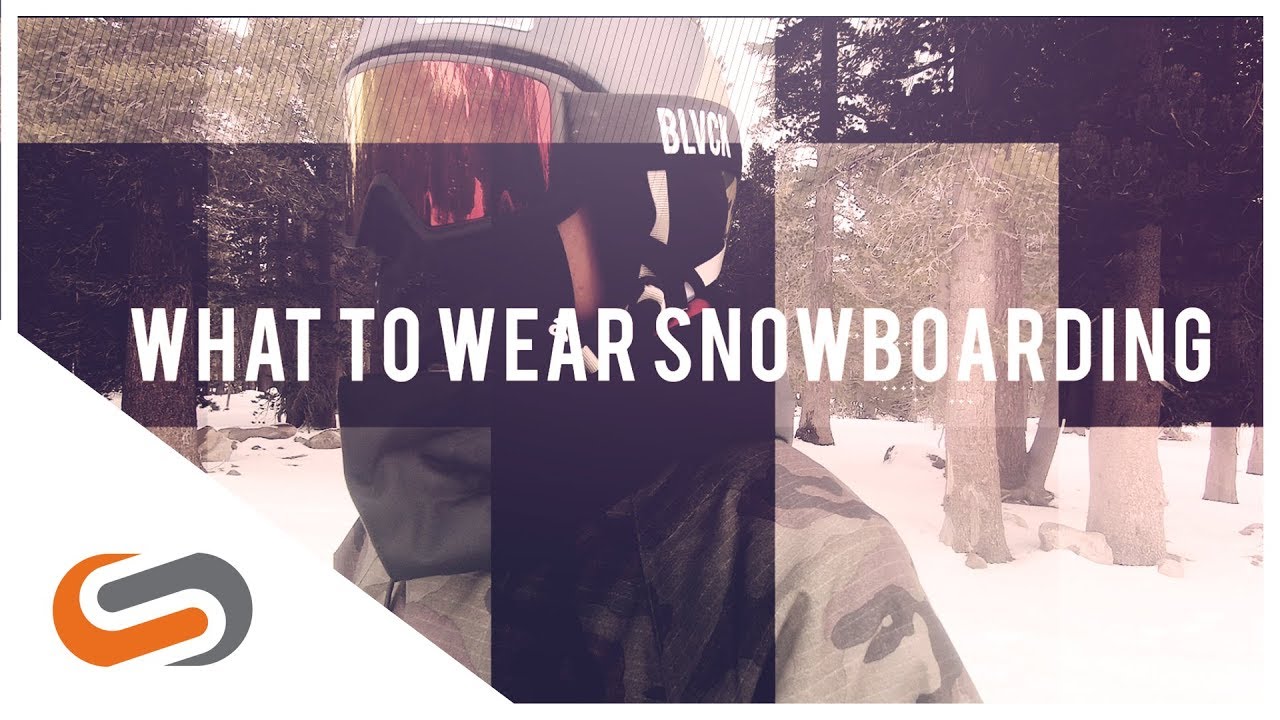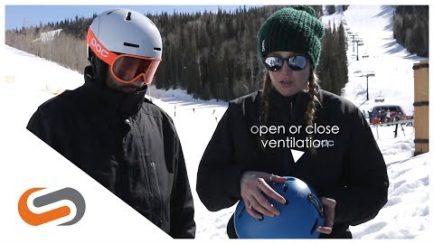If you are looking to gear up for your next snowboard trip but not sure of the features to look for in your gear, Sunglass Rob from SportRx and SnowboardProCamp’s Kevin and TJ start from the inside out.
Socks
Look for good fabrics such as Merino Wool which is excellent at transporting moisture away from the skin to the outside of the sock. This results in a quicker dry time, and a dry sock delivers more warmth and comfort. Wool is superior compared to cotton socks. Cotton holds moisture against your skin which depletes warmth and increases friction causing blisters.
Choosing a high quality sock can also provide compression. For example, more compression around the ankle provides support, while less compression in the calf promotes better circulation. It's best to spend the extra money on quality socks to keep you dry and comfortable.
Base Layer
This is the insulating layer that helps regulate body temperature. As with socks, a wool base layer is recommended and will keep moisture away from your skin keeping you warm and dry. The main types of base layers include tops, bottoms, and the one piece. Depending on the conditions you're riding in will determine what you need. Consider a light weight base layer for mild conditions and a midweight to heavyweight base for colder conditions.
Impact Shorts
Wipe outs and bails are part of snowboarding and no matter if you are a beginner or pro it’s gonna happen. Invest in a good pair of impact shorts that will protect your hips, thighs, and tailbone. You are building layers and bulk when you dress for snowboarding, so it’s a good idea to look for lightweight and flexibility with a good amount of padding. Getting the right pair of crash shorts will help reduce the pain of bails and help keep you a bit warmer.
Jacket and Pants
Quality snowboard jackets and pants are determined by waterproofing and breathability. There are multiple levels of waterproofing and they are indicated in millimeters. For example, a 20k mm waterproof rating is recommended for really wet conditions, and a 5k mm recommended for a dry snow.
However, jackets and pants are not completely waterproof since the fabric still needs to breathe. Think of waterproof as "Water Resistant" and will eventually leak given time, amount of water, and pressure. To allow breathability and waterproofing, there is a membrane that has small holes to keep water out and larger holes to let air in. This membrane can be affected by oils in the skin and lose efficiency in waterproofing. If you are looking for the next level in waterproofing there is Gortex but it is more expensive. When applied to the waterproof membrane, Gortex is superior at keeping moisture out and high breathability by resisting the oils in the skin.
Look specifically for snowboard jackets, they tend to have a longer fit to help keep snow from creeping up your back or down your pants. Bib Pants are a great choice since they fit up to your shoulder blades, further preventing snow from creeping in.
Gloves or Mitts
It comes down to personal preference regarding gloves or mittens. With gloves, you do have more dexterity with the fingers but at the expense of colder fingers. Gloves isolate your fingers resulting in less residual heat. With mittens, your fingers are grouped together and stay warmer longer.
Neck Warmers
Balaclava and neck gaiters are the two popular choices. Balaclavas gives full coverage over the head and ears. Some Balaclavas offer a hinged jaw to pull up over the mouth for the most versatility in cold to warm weather.
Helmet
There are many choices for helmets and we suggest looking for simplicity and ease of use. A simple helmet with good impact absorption, ventilation, and comfort are the fundamentals of a great helmet. For example, a removable chin strap that doubles as a board lock may be an option you can do with out.
Boots
Splurging on boots makes sense and understanding the flex in a boot and your riding style will help you find the right pair. Most boots will require several days of riding to stretch out into the true size. Your boots should fit a little tight at first to compensate. Also your bindings will need to fit with your boots so picking out your boots first is recommended. Here are the 4 most common riding styles and the related boot flex.
- All Mountain (non racing) - Soft to Medium
- All Mountain (racing) - Stiff
- Freeride - Stiff
- Freestyle - Soft
Ski and Snowboarding Goggles
Goggles keep the snow and wind out of your eyes and balance the amount of light entering your eyes. The high end goggles offer amazing lens technology for color and contrast giving more vision detail. Being able to see better details in the snow will make you a better snowboarder so it's best to spend the extra coin. Match your lens to the conditions of the day keeping in mind low-light conditions. It's best to go with a lens that is a bit too light rather than too dark to keep your vision on the path and obstacles.
Prescription Snow Goggles at SportRx
We hope you found this guide useful. If you need help picking out new snow goggles, we carry a large selection of prescription and nonprescription ski & snowboard goggles. Major brands such as Oakley, Smith, and Spy can be found here at SportRx. We have certified experts who are available by phone and email to answer any of your questions. Contact Us! We’d love to hear from you and assist you any way we can. Expect great service, leave with the perfect frames at SportRx.



